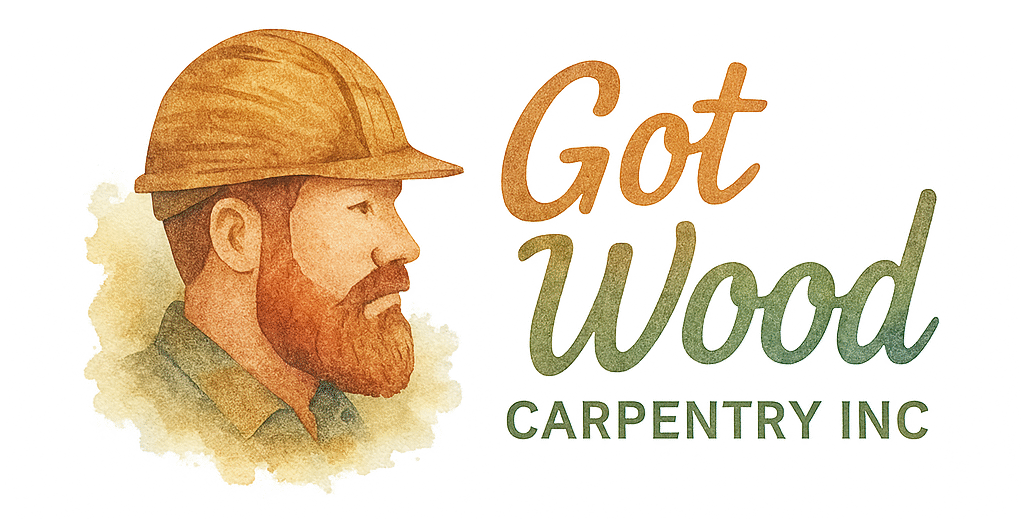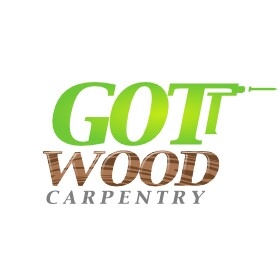Introduction: Building Green Starts with Smart Materials
Want to make your home greener without sacrificing beauty or functionality? It all starts with the right carpentry materials. Whether you’re renovating a kitchen, crafting custom furniture, or planning a stunning backyard deck, using eco-friendly carpentry options can lower your carbon footprint and boost your home’s value.
In this guide, we’re diving into six amazing eco-friendly carpentry materials that are perfect for building your dream green home—and linking you to expert carpentry services and helpful resources along the way.
Why Eco-Friendly Carpentry Matters
The Environmental Impact of Traditional Carpentry
Most traditional construction materials are sourced with little thought for the environment. Think deforestation, toxic chemicals, and high-energy manufacturing processes. Sadly, this takes a huge toll on forests, wildlife, and the air we breathe.
Sustainable Living and Home Construction
Eco-conscious homeowners are now demanding greener solutions. The good news? You don’t have to compromise on style or durability. Thanks to innovations in sustainable building, you can have it all—classic homes, modern appeal, and a clean conscience.
For projects that matter, check out our residential carpentry services.
1. Reclaimed Wood: A Second Life for Timber
Benefits of Using Reclaimed Wood
Reclaimed wood is salvaged from old barns, factories, and even wine barrels. It’s not only strong and full of character—it also reduces the need for new lumber.
- Fewer trees cut down 🌳
- Naturally aged for unique aesthetic
- Already seasoned—less warping or shrinking
This stuff tells a story in every grain!
Best Uses for Reclaimed Wood
- Custom furniture with a rustic flair
- Feature walls for that “Pinterest-worthy” charm
- Dining tables and hardwood flooring
Want more reclaimed style ideas? Explore our custom work tag.
2. Bamboo: The Fast-Growing Wonder Material
Why Bamboo Is Eco-Friendly
Bamboo is one of the fastest-growing plants on the planet—some species can grow up to 35 inches in a single day! Unlike hardwood trees that take decades to mature, bamboo is harvest-ready in just 3-5 years.
Carpentry Projects Perfect for Bamboo
- Flooring with a sleek, contemporary finish
- Cabinetry that’s both strong and sustainable
- Office design with a modern, minimalist touch
Explore more eco-conscious inspiration under our luxury carpentry projects.

3. FSC-Certified Lumber: Verified Sustainability
What Is FSC Certification?
The Forest Stewardship Council (FSC) certifies wood that comes from responsibly managed forests. When you buy FSC-certified lumber, you’re supporting ethical forestry practices.
Why It Matters for Homeowners
- Guaranteed renewable source 🌲
- Supports communities and biodiversity
- Increases resale appeal of eco-friendly homes
Look for the FSC label when sourcing materials or ask our pros at Got Wood Carpentry Inc. to guide your selection.
4. Recycled Plastic Lumber: Waste Turned Worthy
Turning Trash into Treasure
Recycled plastic lumber is made from old milk jugs, plastic bags, and other post-consumer waste. It mimics the look of wood but lasts even longer—and won’t rot, crack, or warp.
Applications in Residential and Commercial Carpentry
- Decks and fences that last for years
- Outdoor furniture that stands up to the elements
- Commercial-grade structures built with purpose
Check out our decking and outdoor structures for inspiration, or browse the decking tag.
5. Cork: Lightweight, Renewable, and Stylish
Sustainable Harvesting Practices
Cork is harvested from the bark of cork oak trees—without cutting them down! Trees regenerate every 9 years, making cork a renewable superstar.
Creative Carpentry Uses for Cork
- Soundproof panels for your home office
- Cork flooring that’s soft underfoot
- DIY wall art and vision boards
Browse our woodworking tips & education section for project guides and cork carpentry ideas.
6. Engineered Wood with Low-VOC Adhesives
Understanding VOCs and Indoor Air Quality
Volatile Organic Compounds (VOCs) are chemicals that off-gas from many building materials, affecting indoor air quality. Low-VOC engineered wood helps keep your home’s air cleaner.
Eco-Conscious Engineered Products to Consider
- Plywood with water-based adhesives
- OSB panels made with soy-based resins
- Low-formaldehyde MDF for shelving and cabinetry
These are perfect for kitchens, bathrooms, and even bathroom carpentry remodels.
How to Choose the Right Material for Your Project
Consider Location, Climate, and Usage
Live in a rainy area? Go for plastic lumber or bamboo. Want something rustic for a cozy cabin? Reclaimed wood’s your best friend.
Think About Longevity and Maintenance
Pick what works long-term. Reclaimed wood needs more TLC. Recycled plastic? Virtually maintenance-free. Match your material with your lifestyle.
Final Thoughts: Green Homes Start with Green Materials
Whether you’re a DIY enthusiast or hiring pros like Got Wood Carpentry Inc., going green with your carpentry is easier than ever. From reclaimed wood to low-VOC engineered products, these materials aren’t just kind to the Earth—they’re also durable, beautiful, and cost-effective.
So, if you’re dreaming of building a green sanctuary—indoors or out—start with eco-smart materials and make it happen with expert craftsmanship.
Ready to build something that lasts? Dive into residential carpentry, explore commercial carpentry, or browse our growing list of woodworking tips to get started!
FAQs
1. What is the most eco-friendly carpentry material?
Reclaimed wood tops the list—it’s recycled, strong, and full of character.
2. Is bamboo more sustainable than hardwood?
Absolutely! Bamboo grows much faster and regenerates naturally, making it a great green alternative.
3. Are eco-friendly materials more expensive?
Not always. While some may cost more upfront, they usually last longer and require less maintenance—saving money in the long run.
4. Can I use eco-friendly materials outdoors?
Yes! Materials like recycled plastic lumber and treated bamboo are great for outdoor carpentry.
5. What does FSC-certified mean?
It’s a label showing that wood comes from responsibly managed forests, which supports sustainability.
6. Are low-VOC materials really that important?
Definitely. They help improve indoor air quality and are safer for kids, pets, and anyone with allergies.
7. Where can I find more ideas for sustainable carpentry?
Check out Got Wood Carpentry’s blog and browse by tags like beginner tips, backyard ideas, and customer appeal.


